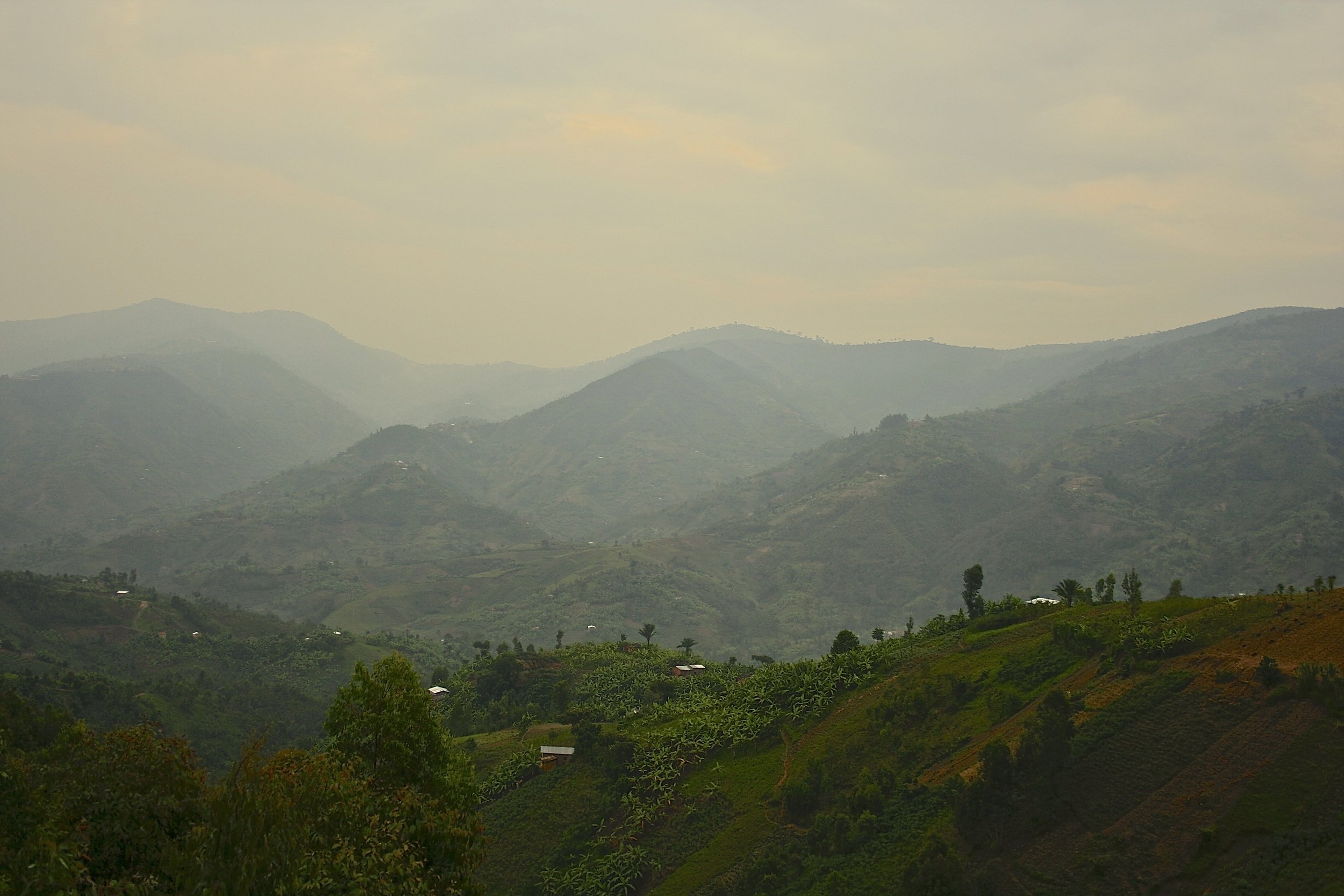 I attended the African Fine Coffees Association conference two weeks ago in Bujumbura, Burundi. This report is the second in a series about this conference. Read the intro report here.
I attended the African Fine Coffees Association conference two weeks ago in Bujumbura, Burundi. This report is the second in a series about this conference. Read the intro report here.
Working at CCS, which searches for and sources the highest quality coffees in the world, it’s easy to keep the blinders on to what’s happening in the commercial coffee markets. My world is exclusively focused on finding unique terroir, ambitious and long-term thinking producers and thus working on pricing mechanisms based on quality and the evolution of long-term partnerships. That’s not to say that what we do is immune to market pricing; there has to be a benchmark to start from. So what commercial buyers want (e.g. certification, suggestions regarding agricultural and processing practices, etc.) has a huge impact on not only pricing but more importantly, what coffees are even available to quality-focused buyers. Outside a few established niche regions (e.g. Boquete in Panama) commercial buyers continue to have the largest influence on general trends of world coffee production.
Obviously there is great quality coffee and seemingly more available each year. The number of quality-focused buyers is increasing because more and more buyers are paying higher prices than the market as well as are working very hard in developing true partnerships with producers. As an example, some of CCS’ best partnerships are in Santa Barbara, Honduras. This year, CCS has committed to paying a price for coffee from the upcoming harvest (scoring 86 points and up) that currently represents three times today’s market value for ‘commodity’ coffee in the region. With opportunities like these, there are more and more producers wanting to work with partners like us and produce high quality coffee. But buyers like us are few and far between and from what I saw and heard at AFCA, there is very little representation of quality-focused buyers in Africa. Which can have large consequences.
During the World Coffee Market Discussion at AFCA, I learned many things about the state of worldwide coffee production. The most striking is the fact that consumption trends are making Robusta production more lucrative and that by 2020, if current production trends continue, Arabica will account for just 55% of world production; Robusta 45%. I say just 55% because this will be the lowest ever production of Arabica coffee. This prospect is quite strange to hear from my perspective because being immersed in the specialty coffee world gives the impression that trends should be moving in a more quality-focused direction. And in fact, the same speaker that outlined the increase in need and production of Robusta also talked about the fact that world consumption trends are moving toward “higher status” coffee consumption. In places that previously did not consume much coffee, such as Southeast Asia (in particular South Korea), India, China and coffee producing countries, coffee consumption is quickly becoming embedded as a lifestyle status symbol for the burgeoning young middle-classes.
However, large chains are, in many of these cases, dominating these trends. The private labels of large coffee retailers and chains use 40-60% Robusta in their blends and the consumption of convenient single-serve home machines (e.g. pods and capsules) is rapidly increasing. And despite appearances, many of these consumers are very price conscious, making Robusta attractive for coffee buyers.
The case of Africa is interesting from a Commercial vs. Specialty Coffee perspective: African producing countries have the potential to produce high quality coffee. Ethiopia is dominating Arabica production on the African continent and there will continue to be high demand for coffees from this region. The question I had after the World Market panel discussion was: will other African origins focus their efforts on producing high quality coffee? Right now, the rise in demand for Robusta means that there is a need for countries other than Vietnam to efficiently produce it. In fact, one of the speakers contends that if production levels continue, Brazil itself could satisfy the world demand for Arabica by 2020. He cautioned that if Brazil is to remain competitive in world markets, that it must take note of the rise of Robusta. And since Brazil is the largest, most efficient and best organized producer of Arabica, will other places looking to take after its model want to focus on Robusta markets?
In fact, Africa’s continent-wide problem of low productivity has led to inroads for more potential for high-quality coffee production. The Cup of Excellence program is firmly establishing itself in Rwanda and more recently, Burundi. Kenya becomes evermore attractive to specialty buyers based on its reputation for producing the juicy and intense “Kenya profile”. Some well-funded and successfully implemented agricultural and marketing programs via USAID and TechnoServe (for example), have more recently increased opportunities and availability of high quality coffee in countries like Burundi, Ethiopia, Tanzania, Uganda, the Ivory Coast, amongst others. So contrary to one of the speaker’s assertions that “the future is bright” for African producers in Robusta production, should they put more efforts into higher productivity, I rather think the opportunities can be great for more diversity in high quality Arabica (i.e. specialty) coffee coming from not-as-yet established African origins, should the Specialty Coffee community choose to engage.
- Melanie
[gigya src="http://www.flickr.com/apps/slideshow/show.swf?v=71649" width="700" flashvars="offsite=true&lang=en-us&page_show_url=/photos/100617082@N06/sets/72157641307832163/show/&page_show_back_url=/photos/100617082@N06/sets/72157641307832163/&set_id=72157641307832163&jump_to=" allowFullScreen="true" ]


